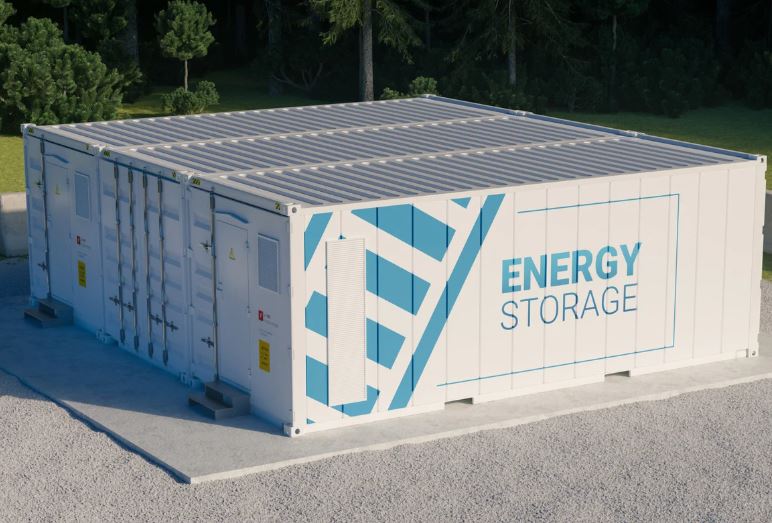According to recent projections, the world requires an immense 500 TWh of energy storage to support a fully decarbonized global population of ten billion people.
This magnitude of energy storage is approximately 170 times smaller than the storage potential identified in the Global Pumped Hydro Energy Storage (PHES) Atlases, showcasing an abundance of opportunities. This statistic highlights a critical tension between growing energy demands and the availability of storage solutions—a tension that hybrid systems, combining pumped hydro and battery technologies, are uniquely positioned to address.
Pumped Hydro and Battery Hybrid Storage Systems
Analysis of hybrid energy systems reveals a promising solution to the balance between cost and storage efficacy. Pumped Hydro Energy Storage (PHES) systems are cost-effective for long-term energy storage (measured in $/GWh) but are relatively expensive for instantaneous power capability (measured in $/GW). Conversely, batteries excel at delivering immediate power but entail higher costs for energy storage. A strategic hybrid system that integrates low-power, high-storage PHES with batteries manages to leverage these complementary strengths.
Such systems operate by using PHES to pump water when solar and wind outputs are abundant and grid demand is low. The stored water is then released for electricity when demand and prices soar. Hybrid configurations allow PHES to energize batteries during low-demand periods, while batteries capture surges during peak demand times. This synergy enables the ‘trickle charging’ of each system, providing a versatile solution to manage prolonged periods of low energy production, like calm and cloudy weeks, without the high power costs typically associated with such resilience.
Technical Integration in Energy Systems
The technical architecture of PHES supports substantial operational flexibility through design optimizations. The available energy storage, fundamentally reliant on gravitational potential energy (via water mass and elevation differences), couples with power capabilities defined by the water flow rate through turbines. Higher altitude differences or ‘heads’ can enhance energy storage capacity without a proportional increase in costs, emphasizing the geographical advantages in site selections for PHES systems.
The intersection of this technology with battery systems, as seen in the case of projects like Snowy 2.0 in Australia, highlights a model wherein batteries buffered by long-duration storage maintain grid stability and support high power outputs for limited periods. This paradigm mitigates both high and low electricity price extremes, evidencing the value of integrating varied energy resources.
The necessity for low-cost, long-duration storage becomes evident when considering stable, interrupted industrial demands. Industries such as aluminum smelting, chemical manufacturing, and hydrogen production require vast yet stable energy inputs, achievable via a combination of local buffer storage systems and extensive PHES capacity. Utilizing solar and wind inputs directly or through local storage, supported by PHES, ensures continuous operations.
Evaluating the levelized cost of storage (LCOS) provides critical insight into the economic viability of hybrid storage strategies. PHES systems offer competitive LCOS values due to their long operational lifetimes, often outpacing batteries when the same capital costs are considered. The cost-effectiveness of such systems hinges on the ability to utilize local resources, avoiding the import reliance that characterizes battery technologies. This localization potential presents a transition route for current fossil fuel-dependent regions to adopt a high local content energy system.
Stay updated on the latest in energy! Follow us on LinkedIn, Facebook, and X for real-time news and insights. Don’t miss out on exclusive interviews and webinars—subscribe to our YouTube channel today! Join our community and be part of the conversation shaping the future of energy.
